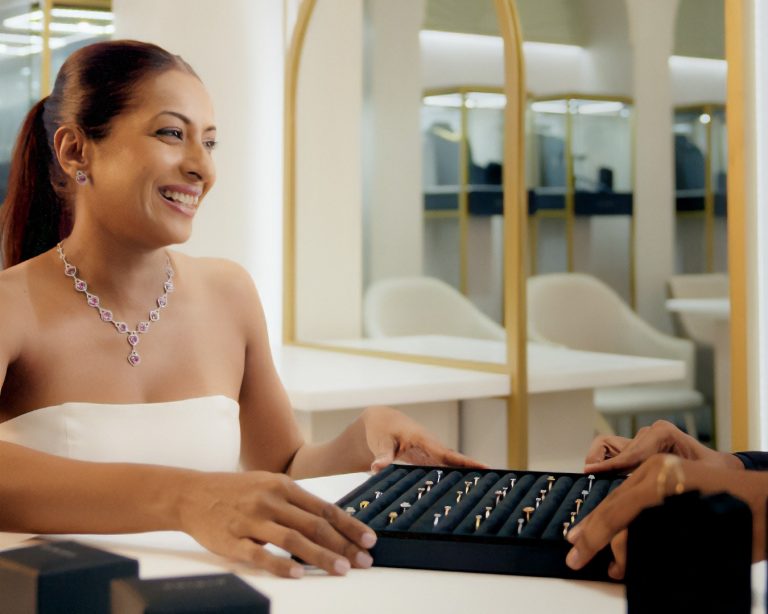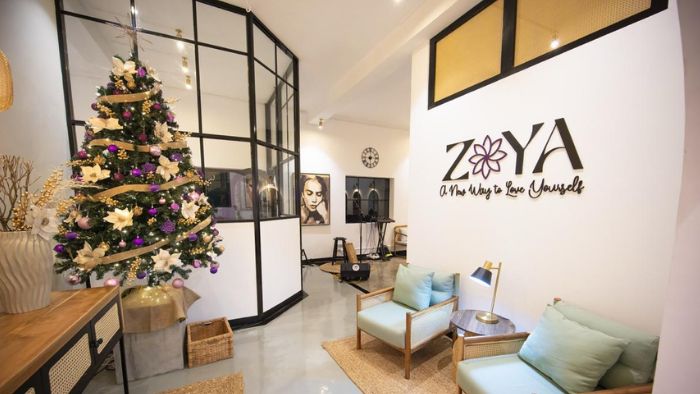Nihonbashi Honten. Not just the city's best Japanese restaurant, but one of the city's most seminal eateries, full stop. Where else can you get a Wagyuu burger? Or diamond-priced cuts of Kobe beef? Four person portioned bowls of tsukune nabe? Darshan's Munidasa's gift to Colombo doesn't just offer slices of Japan plonked on a plate in the form of hasty sushi or donburi – the sometimes baffling Nihonbashi menu stretches to include the most aspirational, exotic offerings of Japanese cuisine (one day, I will try the Kobe beef…). While the prices can reach alarming heights as the unfamiliar words knit into a befuddled mess – what is shabu shabu and why does it cost Rs. 21,800? – it's possible to enjoy a dinner at the Honten without the post-meal depression of a light-pocketed departure.
Well, sort of. Let's be honest, a meal at Nihonbashi is never going to be cheap – but it doesn't have to skyrocket into a stratosphere of extreme extravagance. The daunting five figure beef items – for us – are largely aspirational – to be fantasised of and salivated over, with only the faint hope of one day ever being consumed. While these printed images are longingly gazed at, there's still plenty in the kind-of-affordable range that are generally excellent, well executed and delicious dishes.
The Food
A sticky, piping hot katsu don, for instance, is Rs. 1180. Steaming, tender strips of breaded chicken are placed on a bed of glutinous white rice and topped with a freshly broken egg, with lightly balanced wafers of crackling seaweed. The egg sort of half cooks on top of the chicken, spreading a stringy, viscous web of yolk and white across the softly sizzling ribbons of meat. This is an excellent katsu don – thick and eggy, deeply flavoured with soy and accompanied, by succulent, savoury chunks of chicken; it's a large and completely filling meal – only a couple of pieces of sushi are recommended alongside it. Trust me, you will be full.
Sushi wise, the small cubes of rice and seafood are almost always excellent – the marguro carpaccio (Rs. 1080) – thick chunks of ruby red tuna, lightly seasoned with salt, pepper and spring onion, accompanied by a miniature beaker of wasabi olive oil. The temaki (Rs. 460), a brittle seaweed cone containing sticky white rice and a thick curl of tempura prawn, laced with a wasabi mayonnaise. Our only disappointment was the gyu no tataki – a standard favourite that's usually excellent – but this time too thickly cut and flooded in sauce, overpowering the delicate flavour of the raw meat.
The Venue
The bamboo-framed yakitori garden unfurls into the cool, white dining space that is Honten. With offshoots of private rooms and adjoining rock gardens, the traditional Japanese style seating and cloistered rooms follow a zen aesthetic – quiet, calm and ivory white: bamboo mats, floor cushions and a little gadget that instantly summons an attentive waiter. The Honten goes for an all round epicurean experience – ambience, taste, service. All good.
And So…
There's a lot to explore on the restaurant's carefully curated – if sometimes bewildering – menu. From the standard platters of sushi – nigiri, maki, etc – and donburi to the more exotic wagyuu burger or okonomiyaki – the food is generally of the highest quality and makes use of the best ingredients – export grade tuna and so on. This is undoubtedly one of Colombo's best restaurants – perhaps only rivalled by Darshan Munidasa's second child, Ministry of Crab.






